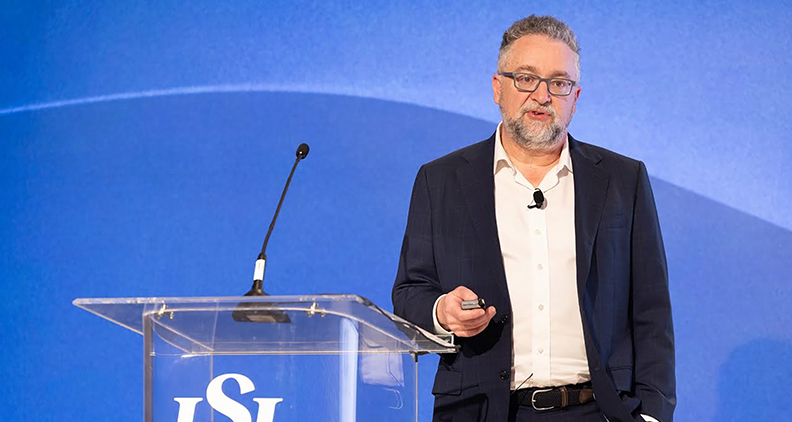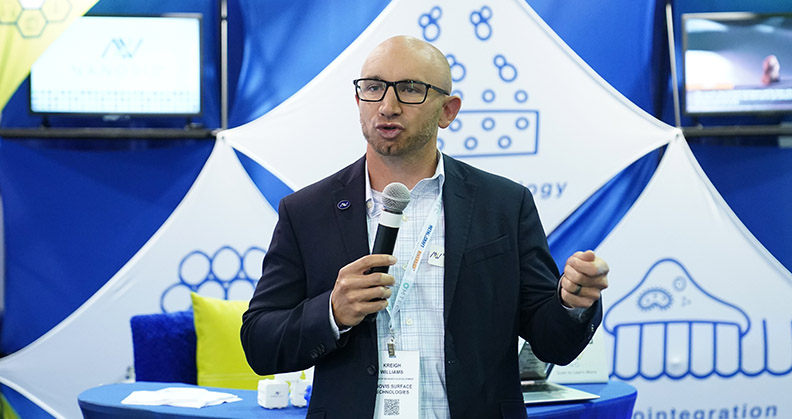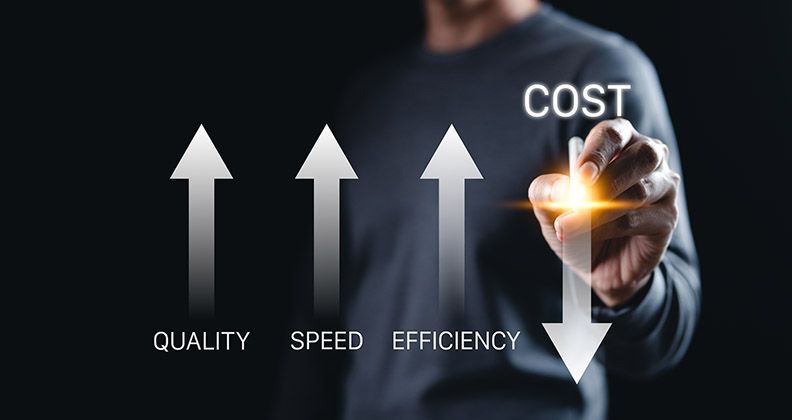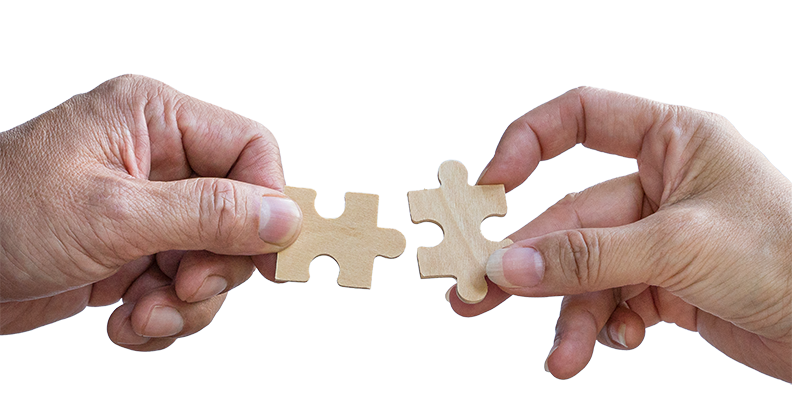
Dr. Kirschman is a seasoned medical device executive with extensive leadership experience in the orthopedic and biologic medical device space. He’s a former spine surgeon with 55 issued U.S. patents for a wide range of medical devices. He’s currently the co-founder of Orthomod, a medical device company that is creating the next generation of structural orthopedic biomaterials.
We asked Dr. Kirschman about the company’s proprietary material, which combines the osteoactive properties for fusion and the mechanical properties of fixation. He called it the first new structural biomaterial created for orthopedic applications in over two decades.
You’ve identified a significant limitation in current orthopedic implants. What problem is Orthomod aiming to solve?
DK: Orthopedic companies are often forced to use multiple implants in a single procedure to provide structural support and promote bone healing. This increases costs, complexity and can even lead to poor outcomes. In the spine market, for example, the choices have been largely limited to two materials: titanium and PEEK. Our mission at Orthomod is to break up that duopoly with a material that bridges this gap, something that combines the strength of fixation with the biological activity of bone healing. We developed an implant that is fully structural and functions as an osteoactive bone substitute.
You’ve introduced a new material: Calcium Acrylate Modified Polymer (CAMP). What makes it different from existing options?
DK: It’s the first new structural spinal biomaterial in 20 years. The synthetic, permanent material provides mechanical strength and osteoactivity, has compressive strength that exceeds PEEK, is micro-porous to allow for bone ingrowth and is biocompatible without triggering inflammation. We’ve also designed it for rapid, low-cost manufacturing using a novel injection molding process into 3D-printed molds, allowing for patient-specific applications.
How has CAMP performed in preclinical testing?
DK: The results have been extremely promising. We’ve presented data that shows superior fusion compared to PEEK and titanium. In a 12-week sheep study, we observed significant bony ingrowth, strong osteoblastic activity and no signs of inflammation. The micrographs show the implant being actively integrated into the bone, which is something you simply don’t see with traditional materials. We’ve gone through extensive testing and expect to begin the first human trial by the end of the year.
What are your regulatory and commercialization plans?
DK: We’ve already de-risked the platform with extensive testing: chemical characterization, cytotoxicity, genotoxicity, mechanical strength, packaging and sterilization. We plan to file two 510(k)s this year, one for cervical spine and one for craniomaxillofacial indications. After that, we’ll ramp up production and expand into other verticals like lumbar spine, suture anchors and dental.
What’s the broader vision for Orthomod and the CAMP platform?
DK: CAMP is truly a platform technology. It’s scalable across multiple orthopedic submarkets and addresses key needs around healing, cost and procedural complexity. This is a disruptive material in the truest sense — it looks and feels like bone, performs like bone and promotes bone healing. There’s already strong interest from strategic partners, and we’re currently raising a Series A to support clinical launch and expansion to an eventual exit strategy.
DC
Dan Cook is a Senior Editor at ORTHOWORLD. He develops content focused on important industry trends, top thought leaders and innovative technologies.




